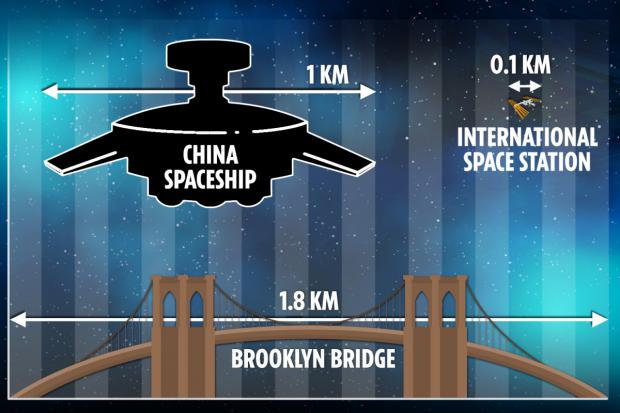
Breaking News
6.8 SPC vs. 300 Blackout: Powering Up the AR Platform
 Autism Study By McCullough Foundation Begins New Era of Free Scientific Inquiry
Autism Study By McCullough Foundation Begins New Era of Free Scientific Inquiry
 REVOLUTION DAY 8: Libertarians JOIN The Revolution
REVOLUTION DAY 8: Libertarians JOIN The Revolution
 US Government and Westinghouse $80bn Nuclear Reactor Deal
US Government and Westinghouse $80bn Nuclear Reactor Deal
Top Tech News
 Graphene Dream Becomes a Reality as Miracle Material Enters Production for Better Chips, Batteries
Graphene Dream Becomes a Reality as Miracle Material Enters Production for Better Chips, Batteries
 Virtual Fencing May Allow Thousands More Cattle to Be Ranched on Land Rather Than in Barns
Virtual Fencing May Allow Thousands More Cattle to Be Ranched on Land Rather Than in Barns
 Prominent Personalities Sign Letter Seeking Ban On 'Development Of Superintelligence'
Prominent Personalities Sign Letter Seeking Ban On 'Development Of Superintelligence'
 Why 'Mirror Life' Is Causing Some Genetic Scientists To Freak Out
Why 'Mirror Life' Is Causing Some Genetic Scientists To Freak Out
 Retina e-paper promises screens 'visually indistinguishable from reality'
Retina e-paper promises screens 'visually indistinguishable from reality'
 Scientists baffled as interstellar visitor appears to reverse thrust before vanishing behind the sun
Scientists baffled as interstellar visitor appears to reverse thrust before vanishing behind the sun
 Future of Satellite of Direct to Cellphone
Future of Satellite of Direct to Cellphone
 Amazon goes nuclear with new modular reactor plant
Amazon goes nuclear with new modular reactor plant
 China Is Making 800-Mile EV Batteries. Here's Why America Can't Have Them
China Is Making 800-Mile EV Batteries. Here's Why America Can't Have Them
THAT'S NO MOON China announces plans for 1km-long orbiting spaceship...

A HUGE spaceship up to 1km long could be built by China as the country's space agency is working on a plan for the build.
The National Natural Science Foundation revealed a four year programme is in place to try and work out if they could build such a large ship in orbit.
This would require sending components up to space on rockets and somehow assembling the spaceship in zero gravity conditions.
China's foundation said it was looking at "space equipment for future exploration".
It has the goal of having a "long-term stay" in orbit.
If the a 1km spaceship was built, that would make it 10 times bigger than the International Space Station.
China's state media has revealed that the plans are complicated.
Components of the craft would need to be as light as possible to make construction viable.
A large spaceship has never been built in orbit before.
China is currently assembling its own space station, just like the ISS, in orbit.
The main section of China's Tiangong space station was put in orbit back in April.
It's floating 236 miles above the Earth.
China has planned another 11 missions in the next year and a half to finish off building the space station.

 China Innovates: Transforming Sand into Paper
China Innovates: Transforming Sand into Paper

